You may be wondering what exactly is a whole food, plant-based diet? What do you eat? What don’t you eat? Is it the same as a vegan diet?
These are all great questions, and they’re the same ones I first had when I learned about this way of eating.
(Watch the video below, or continue to read the post.)
The term “Whole Food, Plant Based Diet” was coined by Dr. T. Colin Campbell.
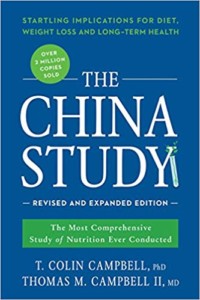 You may have heard of him. He’s the author of The China Study, and Whole, Rethinking the Science of Nutrition. He’s really been at the forefront of nutrition research since the 1970s, especially in regard to how diet and disease are related.
You may have heard of him. He’s the author of The China Study, and Whole, Rethinking the Science of Nutrition. He’s really been at the forefront of nutrition research since the 1970s, especially in regard to how diet and disease are related.
What a Whole Food Plant-Based Diet IS
This way of eating is based on whole or minimally processed plant foods.
This includes vegetables, legumes, whole grains, fruit, nuts and seeds.
This diet is free of animal foods, including meat, poultry, fish, dairy and eggs.
Oil is minimized or ideally eliminated. Salt is used sparingly, and there are no highly-refined or artificial sweeteners.
While this is technically a vegan or pure vegetarian diet, the “Whole food, plant-based” term is more specific.
A vegan diet is simply the absence of animal foods.
While many vegans do eat a healthy, whole food diet, a vegan diet by definition could include a lot of highly processed foods and mock meats, fried foods, oil-based cheese substitutes and refined sugars.
Potato chips and Oreos are vegan, but no one would claim they are health promoting.
What a Whole Food Plant-Based Diet IS NOT
I want to assure you that eating a healthy whole food, plant-based diet is not about deprivation!
I have to say, when my diet was centered on animal foods, I just couldn’t imagine being satisfied with a meal that did not contain meat, eggs or dairy of some kind.
It seemed very limiting to take those foods away.
But what I found was the total opposite.
By focusing on plant-foods, my diet actually expanded to include a wide range of foods and cuisines that I had rarely or never eaten before.
When I was eating the Standard American Diet, I pretty much ate the same vegetables over and over again. You might know what I mean. Mine were corn, green beans, and mashed potatoes, a side salad. It got to be really boring.
If you have some default vegetables in your diet that aren’t very exciting anymore, tell me what they are in the comments below this post.
I have wayyyy more diversity in my diet now than I ever had when I ate what I considered at the time to be healthy balanced meals that included animal foods.
Click here to download my free Whole Food, Plant-Base Diet and Lifestyle Action Guide.
WFPB Diet Foods
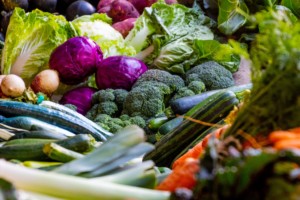
For instance, when we talk about eating vegetables which is the foundation of a WFPB diet, this includes a pretty diverse group of foods:
Leafy Greens
Leaf lettuces like romaine, field lettuces, butter lettuce and baby spinach. It also includes heartier greens like chard, kale, mustard greens, turnip greens, and beet greens.
Leafy greens can be eaten raw in salad or juiced, or added to cooked to dishes.
Non-Starchy Vegetables
These cauliflower, broccoli, bell peppers, cucumbers, cabbages, zucchini, yellow squash, to name a few. All of these foods can be eaten raw, juiced or cooked.
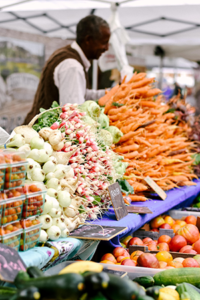
Root & Starchy Vegetables
These include carrots, beets, parsnips, turnips, potatoes and winter squashes. These starchy plant foods contribute to satiety. Some of them are good raw or juiced, and others are better when cooked to increase digestibility.
Legumes
There are all kinds of beans including pinto beans, black beans, kidney beans, cannellini beans, great northern beans, and butter beans. Lentils (French, red, green,) and whole soy foods like tempeh, tofu and soy milk.
These foods provide lots of plant-based protein and fiber, which is missing from animal protein. Plant protein keeps you fuller longer.
Beans and lentils can be sprouted and eaten raw, or cooked.
Whole Grains

This includes minimally processed whole grain flours, like wheat, spelt, barley, rye, oat and buckwheat. It also includ
es cornmeal. Other whole grains include brown rice, red rice, black rice, wheat berries, bulgur, steel cut and rolled oats, and pseudo grains (seeds) like wild rice and quinoa.
A healthy whole food, plant-based diet can include whole wheat bread and muffins, corn tortillas, sprouted grain tortilla
s, and the like. Just read the labels and watch out for the added oils and sugars.
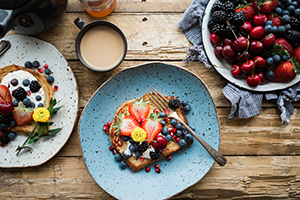
Fruit
Fruit is a perfectly packaged snack or dessert. There are so many varieties of apples, pears, citrus fruits, stone fruits and berries to explore.
Fresh or frozen fruit is fine.
Ripe bananas are fantastic smoothie sweeteners and make wonderful “nice creams.”
Adding an apple or pear to a green juice adds some sweetness and makes for a very tasty.
When you eliminate refined sugars from your diet, you really discover and appreciate the sweetness of fruit.
Nuts & Seeds
A small but important part of this way of eating is nuts and seeds. They provide healthy fats in their preferred whole food form.
This includes walnuts, almonds, Brazil nuts, and cashews. Nuts can be soaked and blended with other ingredients to make delicious creamy cheese-like sauces and dressings.
Hemp seeds and ground flax seed provide essential fatty acids and can be included in smoothies or sprinkled on top of food.
There are also pumpkin seeds and sunflower seeds, which make tasty, crunchy additions to salads.
There are nut and seed butters like tahini, sun-butter and almond-butter. If you haven’t explored beyond peanut butter, you’ll be surprised what’s out there!
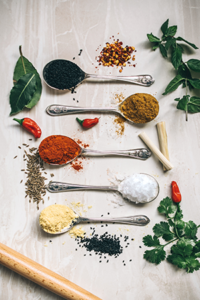
Spices
Often its the spices that make a dish. Smoked paprika, chili powder, and cumin are among my favorites.
When I use the same spices in my vegetable dishes that that I used to use with meat based dishes, I get a similar flavor profile and get to enjoy familiar tasting meals.
All of these plant foods can be combined in a never-ending combination for delicious and satisfying meals. Once your taste buds make the transition, you may find that cravings for animal foods disappear for good.
Whole Food Plant-Based Diet Benefits
There are so many benefits to this way of eating!
You’re likely to live longer. And healthier.
Studies show individuals eating a whole food vegan diet have the healthiest weight and longest, healthiest lifespans.
I’m 47, almost 48, and because of this way of eating, I was able to reach ideal weight and I have the energy for what life throws at me.
I don’t count calories or macronutrients. Once you get the basics down, this way of eating is very natural.
I eat pretty much what I want, and am able to easily maintain my weight. And I am looking forward to many more disease-free years and aging healthfully.
Want to Transition to a Whole Food Plant-Based Diet?
If you want sustainable weight loss, or you want to prevent or reverse a chronic condition like type 2 diabetes, heart disease, high cholesterol, hypertension, high blood sugar or painful arthritis – the science is in!
Read The China Study or Whole by Dr. Campbell, or watch the movie Forks Over Knives where his research is shared. (Netflix)
Thousands of people are adopting this way of eating, and experiencing the wonderful side effects.
My clients report sounder sleep. They forget to take their insomnia medication.
They have improved digestion, no more constipation or stomach pain after eating.
And they have greatly reduced or eliminated joint pain. Unless you have an injury, it shouldn’t hurt to move.
This way of eating is anti-inflammatory and supports health in every way.
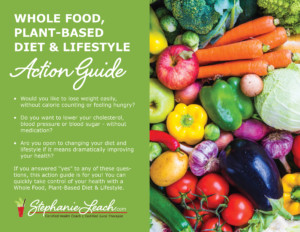 So if you’re ready to get started, download my free Whole Food, Plant-Based Diet & Lifestyle Action Guide.
So if you’re ready to get started, download my free Whole Food, Plant-Based Diet & Lifestyle Action Guide.
If you’re on Facebook, please join my free Facebook Group for people interested in juicing and a WFPB diet and lifestyle.
Lots of Hugs & Health to you!

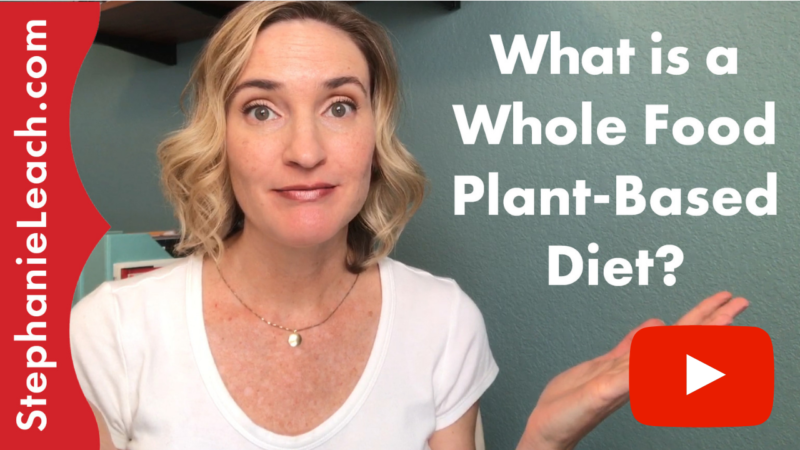
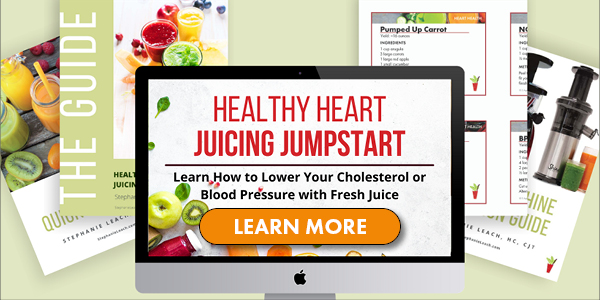

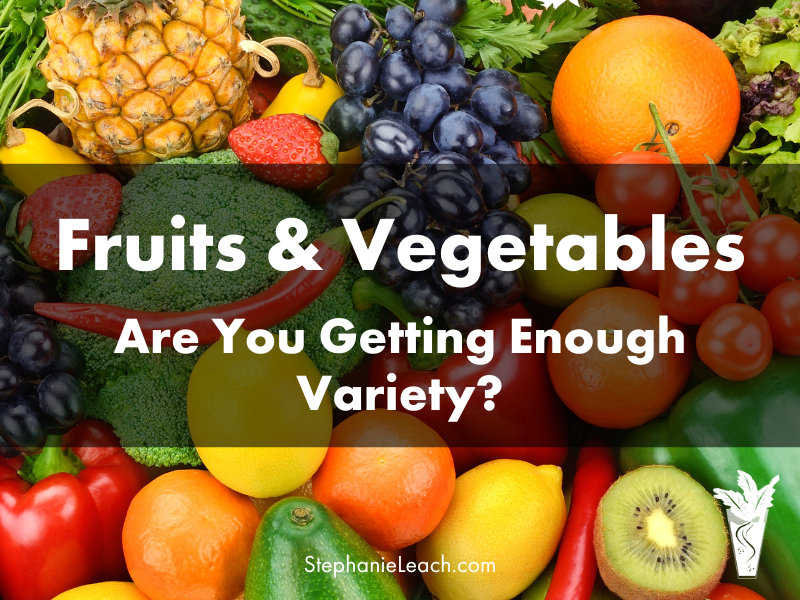
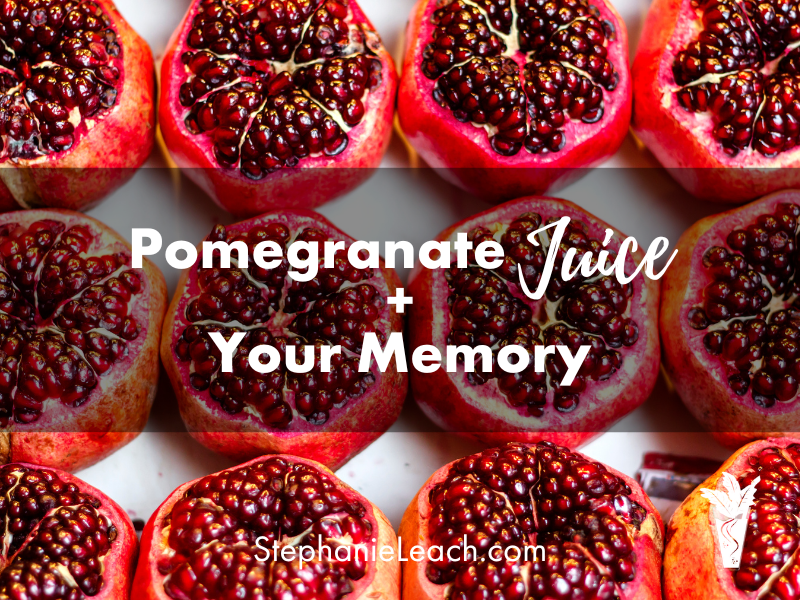
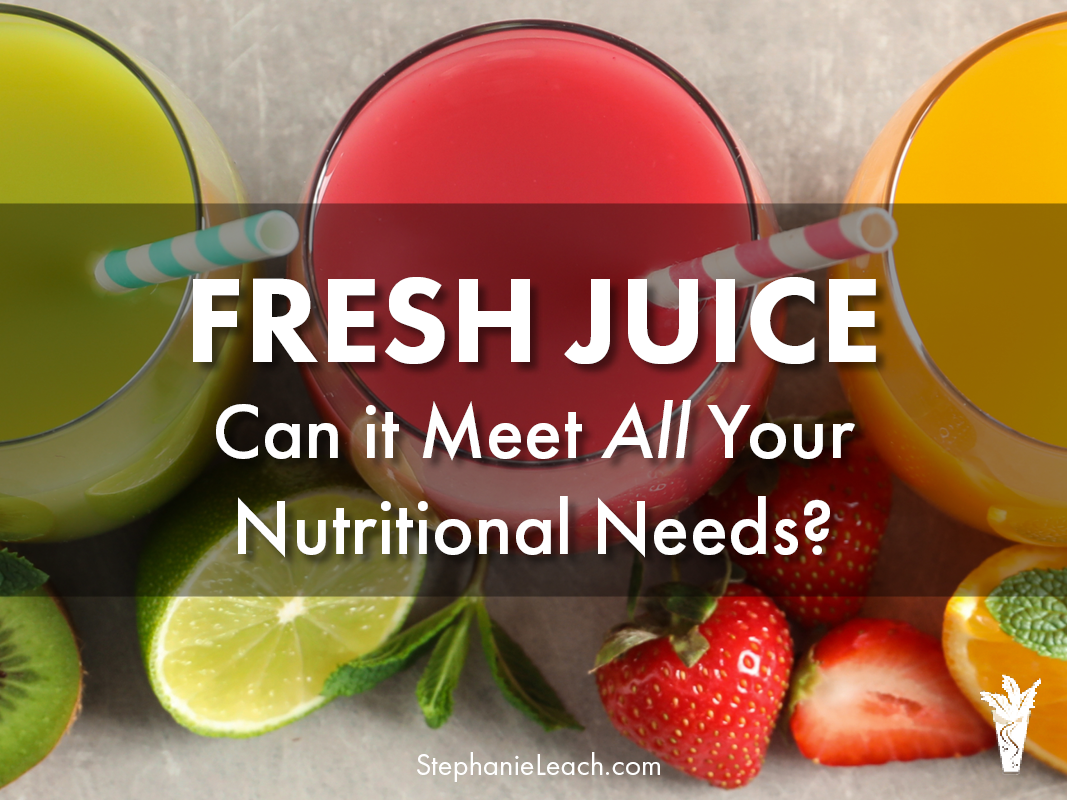
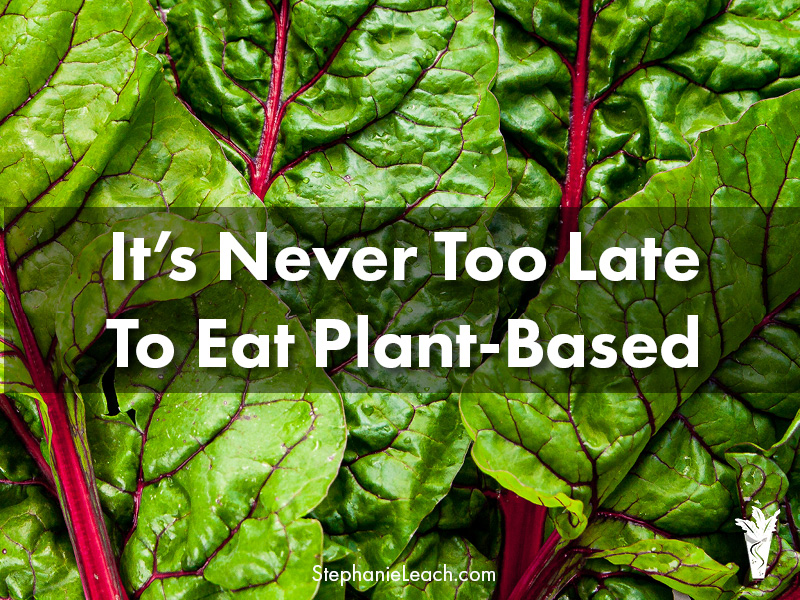
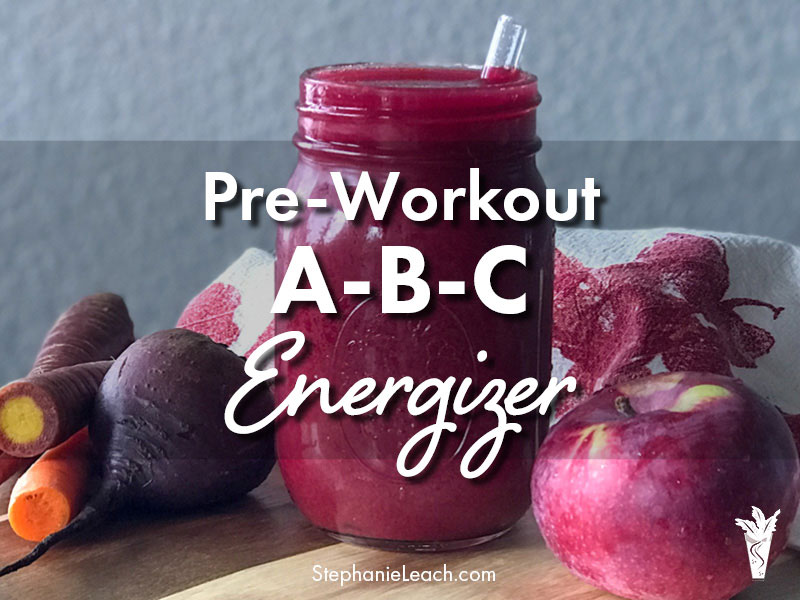
Leave A Comment